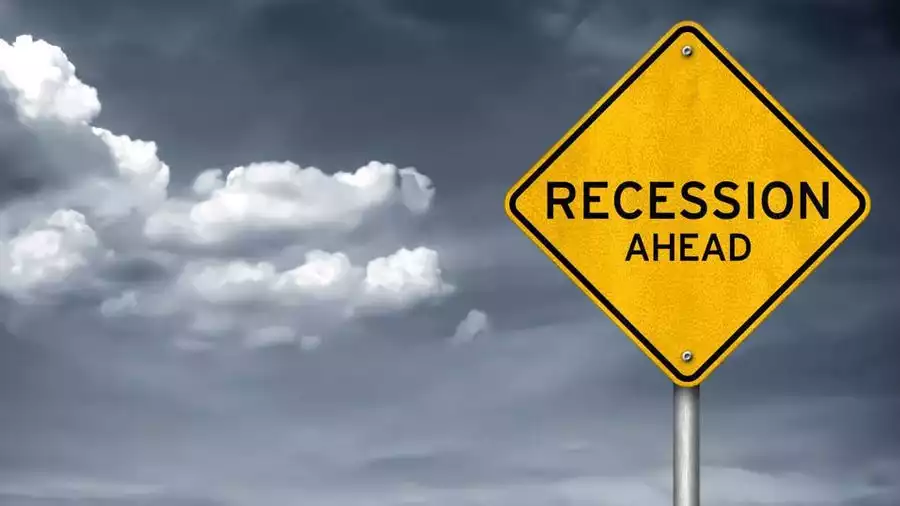One of the most overlooked business best practices is ensuring you claim ALL available tax credits and incentives. Claiming the Employee Retention Credit (ERC), for example, can deliver six to seven figures in cash refunds. We’ve seen breweries get more back in credits for a single quarter than they made in profits for an entire year.
With the tax season almost upon us, it’s time to hustle, understand your business needs and take advantage of everything you’re entitled to. This will ensure you don’t end up leaving behind any money that could otherwise help your business grow. Below we’ll talk about the two largest and most relevant tax incentives craft beverage producers regularly claim.
Research & Development Tax Credit
The Research and Development Tax Credit is the single largest permanent tax incentive available for medium and small businesses. While you may not think that the work you are doing every day qualifies, the government’s definition of R&D is broad and clearly applies to the beverage industry.
Your company can claim the R&D tax credit as long as you did any of the following:
- Improved existing products or processes
- Created new products or processes
- Developed innovative solutions
- Developed new techniques
If you haven’t claimed the credit in the past, you are actually eligible to claim the credit for both current and prior tax years. You could end up getting back millions of dollars in refunds. So, do not underestimate the credit or your qualifications to claim it.
Case Study
Here is one example of a brewer who didn’t realize they qualified for the credit:
Who: A brewing company with annual revenue of $342 million realized $850,000 as R&D tax credits
How: The company aimed to create different brews to be fermented in barrels to lend a barrel-aged taste to the flavor profile. This required the brewing facilities to obtain a Farmer Brewing license. To comply with this requirement, they ordered special brewing equipment and had it approved. Then they began developing the initial recipe formulations to create sample brews, conducted extensive tests, and undertook a series of tasting trials to evaluate them. They reviewed the feedback, modified the formulations, and retested the samples.
Employee Retention Credit (ERC)
While R&D is the largest permanent tax incentive, the Employee Retention Credit (ERC) is the largest tax incentive period. It rewards business owners for their efforts to keep employees on payroll during the pandemic and was enacted to enhance the United States’ economic recovery. The rules have evolved for this tax credit, but for fiscal year 2021, qualifying companies can claim up to $7,000 per employee, per quarter.
The credit has not yet been extended to 2022, however, and the Infrastructure Investment and Jobs Act retroactively ended the program to September 31.
ERC is a refundable payroll tax credit for wages and health plan expenses paid or incurred by an employer whose operations were either fully or partially suspended due to a COVID-19-related governmental order or where the employer experienced a significant reduction in gross receipts. Basically, if you had a dip in revenue OR your business was impacted in some way by the pandemic, you could qualify. In fact, the IRS anticipated that up to 80% of all businesses would claim it.
Qualifying Factors
Factors that can qualify your business for the ERC:
- Full shutdowns
- Partial shutdowns
- Interrupted operations
- Supply chain issues
- Inability to access equipment
- Limited capacity due to social distancing
- Inability to work with your vendors
- Reduction in services or goods offered to your customers
- Cut down in your hours of operation
- Shifting hours to increase sanitation of your facility
Revitalize Your Business
ERC’s ability to completely offset a company’s payroll tax liability and generate a cash refund stems from its expansive nature. This means that even if a business wasn’t affected by government orders, it could still qualify if its supply chain, vendors, or clients were adversely affected.
Further, even companies that fared well during the pandemic also stand to benefit from the ERC. For instance, if a company did well during the pandemic and actually grew but had slowdowns in shipments from suppliers because the supplier was under lockdown orders, the company could qualify. Even though this was a temporary disruption, this firm could still qualify for ERC.
Case Study
Who: A winery with $118 million annual revenue earned $1.6 million. in ERC credits.
How: The company qualified for ERC because
- Its tasting room and retail shops had limited capacity, and social distancing measures were implemented in the crushing and fermentation areas.
- Its operations were affected by COVID business restrictions and stay-at-home orders that extended into the next year.
Let Us Help You Estimate Your Credits
With the tax deadline just around the corner, now is the time for craft beverage producers to ensure they are eligible for these credits and claim the tax breaks they’ve earned. Please reach out to Mike Mathews at Westview Consulting Group. I’d be happy to share my experiences of helping clients benefit from these credits. I can also assist with connecting companies to professionals at the alliantgroup LP to complete the analysis.
Mike Mathews has 25+ years of CPG & spirits/beer/wine industry experience in senior financial and operational roles. He is the owner of Westview Consulting Group, which takes pride in listening to clients’ needs, challenges and future goals.The group partners with its clients to instantly add value to their organization through offering training and education programs, delivering tools and resources, conducting process reviews and assessments, providing commercial and operational support, or highlighting beneficial tax strategies. Please visit www.westviewconsultinggroup.com to learn more, set up a time to connect and see what’s possible.




